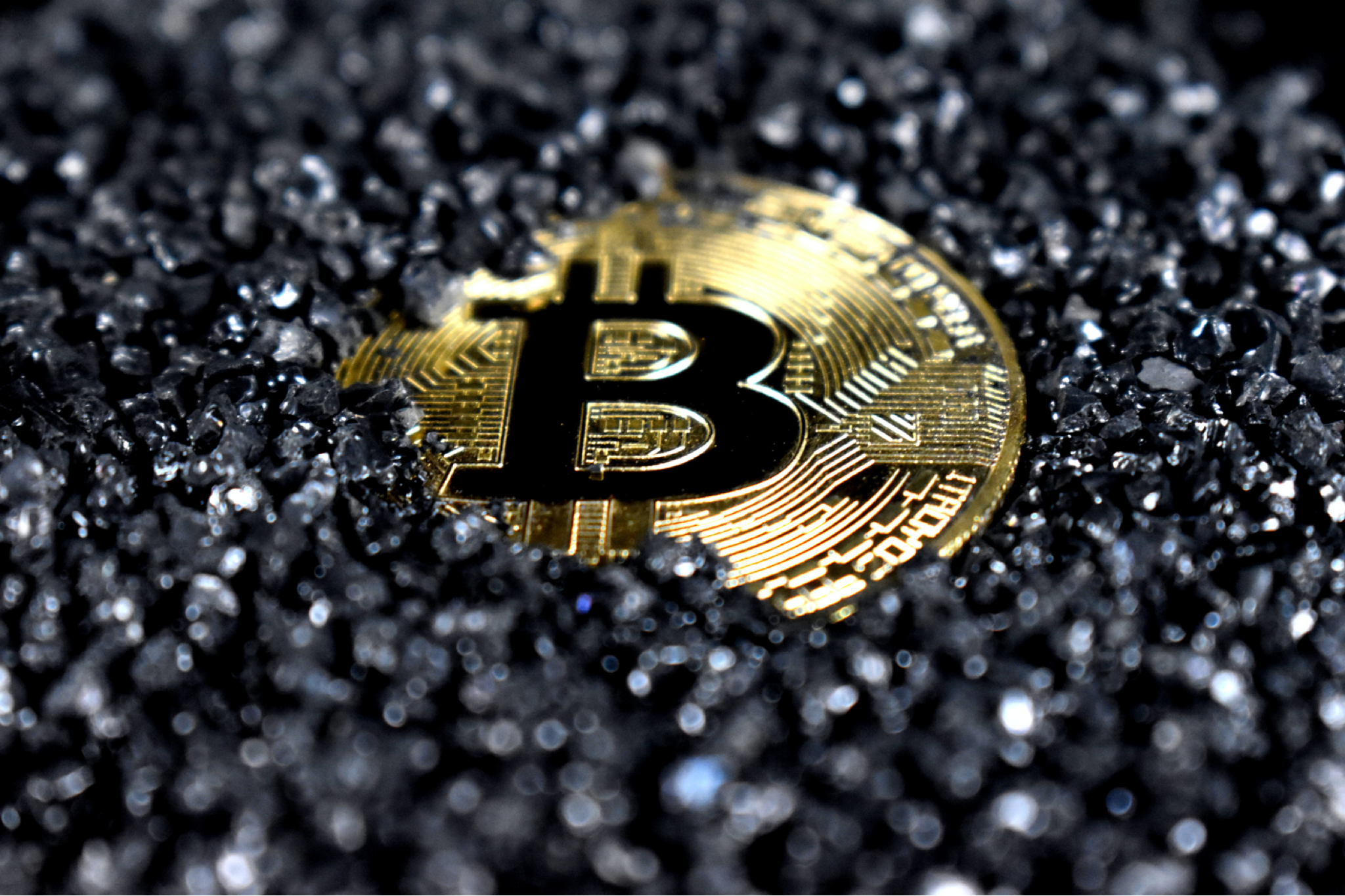The buzz around NFTs is undeniable. If you’ve heard of the terms NFTs, Blockchain, Crypto floating around but haven’t been able to make sense of what they mean, you are not alone. If you are someone who just nods along when a group of friends or colleagues speak about these terms, let me help you. In this article I try and bring clarity to the confusion and simplify the concept of NFTs.
Let’s begin with the most frequently asked one. What are NFTs? The abbreviation NFTs stands for Non-Fungible Tokens. These are a special type of token used to describe a unique asset on a crypto currency blockchain. Put simply, think of these digital tokens as certificates of ownership for any physical or virtual assets.
Now, let’s explore Fungible Vs. Non-Fungible Tokens.
Fungibility is the ability of an asset to be exchanged for another asset of the same type. Fungible tokens are divisible and are not unique. Money is a real-world example of something being fungible as $1 can be exchanged for another $1 or two fifty cent coins and will still have the same value. Similarly, 1 Bitcoin is worth the same as another Bitcoin no matter where you get it from.
Non-Fungible Tokens represent assets that are unique and are not divisible. This could be a painting, a car, a house, etc.
Let’s take an example of a famous painting, ‘The Starry Night’ by Vincent van Gogh. All of us can buy a copy print of this painting but there will only be one original.
How are NFTs created?
NFTs are created using Smart Contracts. Smart Contracts are just like any other contracts that establish the terms of an agreement. What makes them “Smart” is that the terms are created and executed as code running on a blockchain. In short, Smart Contracts are self-executing computer applications that cannot be altered once they have gone live.
Some Use Cases of NFTs:
• Collectables: The most popular use cases of NFTs are collectibles. Fake collectibles are a nightmare for genuine collectors. Here’s where NFTs can be leveraged as a solution. From the time an NFT is minted on a public blockchain, its entire history can be viewed including the date it was created, who created it, and its purchase and sale history. Additionally, the ability to view the entire sales history makes buying decisions a lot easier for collectors. Many major brands, sports leagues and companies are using NFTs to their advantage. One such example is The National Basketball Association (NBA) creating its own NFTs by capturing the best moments in the sport and creating a digital collectable that is sold on the NBA Top Shot Platform.
• Online Gaming: The online gaming industry is not new to the concept of buying and trading digital assets in a game. This has traditionally been a Play-to-Win model where players buy and trade these assets to win the game without any real-world economic return. NFT games have introduced a Play-to-Earn model that acts as a source of income for the players. In this model, in-game assets are minted as NFTs and players start by investing in an NFT character and earn rewards or buy assets as they progress in the game. So, if you’re a gamer and have such assets, you can sell them on NFT marketplaces as these are valuable to other players and collectors.
• Real Estate NFTs: Real estate ownership is typically proven through physical title deeds. Using NFTs, this process can be moved onto the blockchain and will change the way in which we prove ownership. Additionally, knowing the entire sales history of a property makes decision making easier for potential buyers. This application is still at its nascent stage, but it is one to look out for in the future.
• You can create and sell NFTs yourself on one of the many NFT marketplaces but before you can buy an NFT you need to set up and fund your crypto wallet. Once you’ve done that, you almost have everything to mint and sell your own NFTs as well.
NFTs are certainly gaining popularity and we will see many more ideas and use cases soon. For straightforward use cases like art and collectables, NFTs are here to stay. But not many other applications have had enough time to prove their practicality and popularity. I recommend keeping a close watch on this space as it has the potential to revolutionise most industries.

